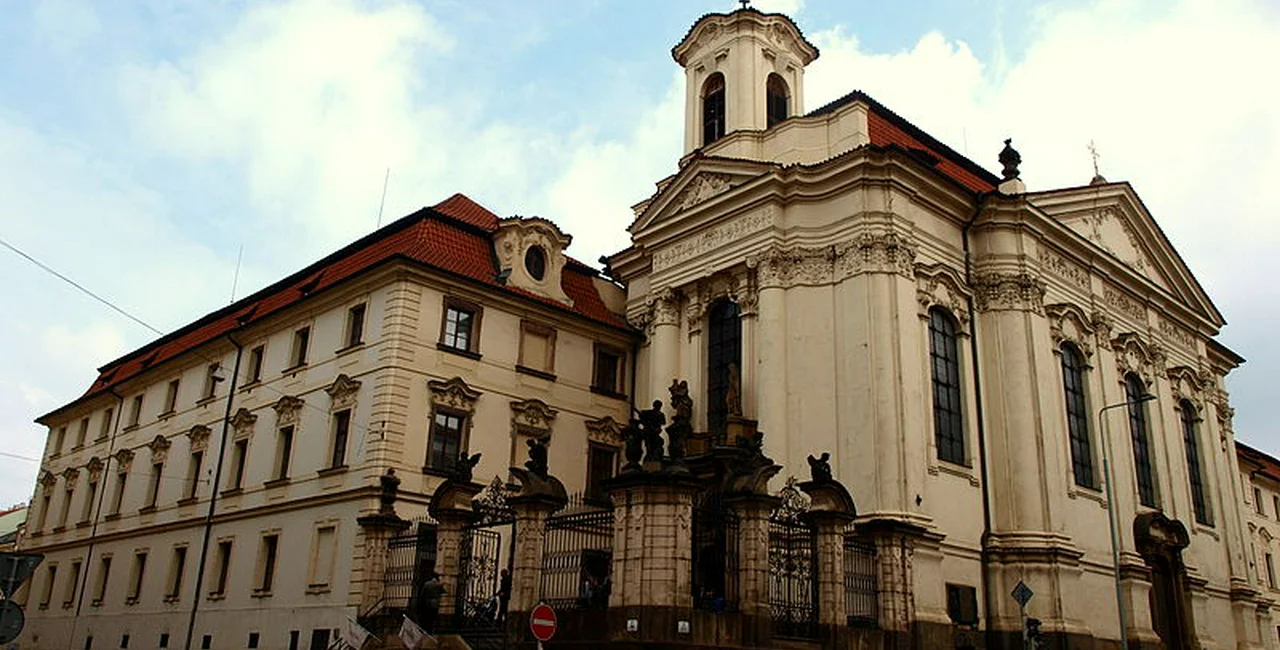Prague, Sept 18 (CTK) – Seven sites connected with significant events of the 20th century, such as the 1918 establishment of Czechoslovakia, the Nazi occupation and resistance to it and the 1968 Soviet invasion, have been proposed for Czech national culture heritage sights, daily Lidove noviny (LN) writes today.
They were selected before the approaching anniversary of the November 1989 Velvet Revolution that triggered the collapse of the Communist regime and opened the path to democracy in Czechoslovakia.
One of the nominated sights is the Saints Cyril and Methodius Orthodox church in Prague, where Czechoslovak paratroopers who killed high-ranking Nazi officer Reinhard Heydrich in 1942 found shelter and later died.
Another proposed place connected with WWII is the Larisch villa in Pardubice, east Bohemia, where Czech resistance fighters were executed and the inhabitants of the nearby obliterated Lezaky village were interned before they were shot dead in the aftermath of the Heydrich assassination.
The Culture Ministry has also nominated the Hlavka College, a former students’ dormitory in Prague centre, connected with the students’ protests against the German occupation power in November 1939, stirred up by the death of university student Jan Opletal, who was fatally wounded at an anti-Nazi demonstration on October 28, 1939. He was in the leadership of the student self-rule authority seated in the building.
The grave of first Czechoslovak president Tomas Garrigue Masaryk (1918-1935) in Lany near Prague, which is a symbol of the effort to establish the independent Czechoslovakia, is proposed for national heritage as well.
Other nominated sights are the graves of students Jan Palach and Jan Zajic, who immolated themselves in 1969 to rouse the society from lethargy following the Soviet-led Warsaw Pact troops invasion of Czechoslovakia in August 1968, which crashed the communist-led reform movement known as Prague Spring.
The Czechoslovak and now Czech Radio seat in Prague, linked to the resistance to the Nazi and Soviet occupation, may also become a national heritage sight. Praguers were fighting for this building during the anti-Nazi uprising in May 1945 and in August 1968 to defend a free radio broadcasting against the Warsaw Pact troops.
“All the selected sights map the most significant phases of the Czechoslovak citizens’ struggle for freedom and democracy,” says the Culture Ministry in a document, released to LN, that the government is yet to debate.
The current selection of national heritage sights considerably differs from the previous big enlargement of the national heritage list adding primarily older landmarks to it, such as churches and other sacral buildings, LN writes.
hol/t/bas












 Reading time: 2 minutes
Reading time: 2 minutes 




























